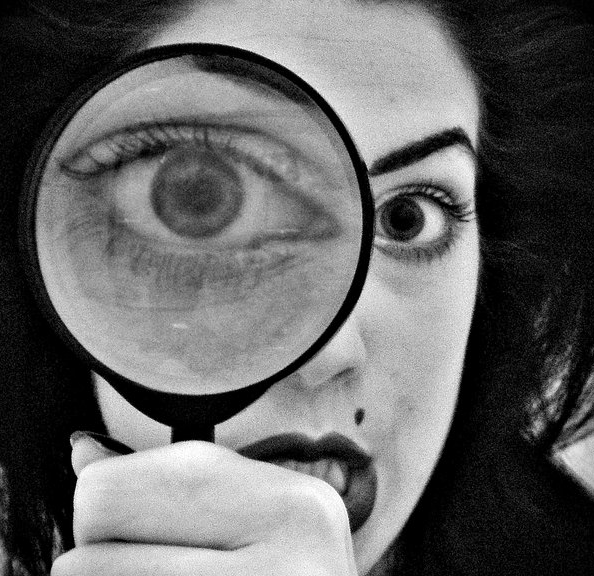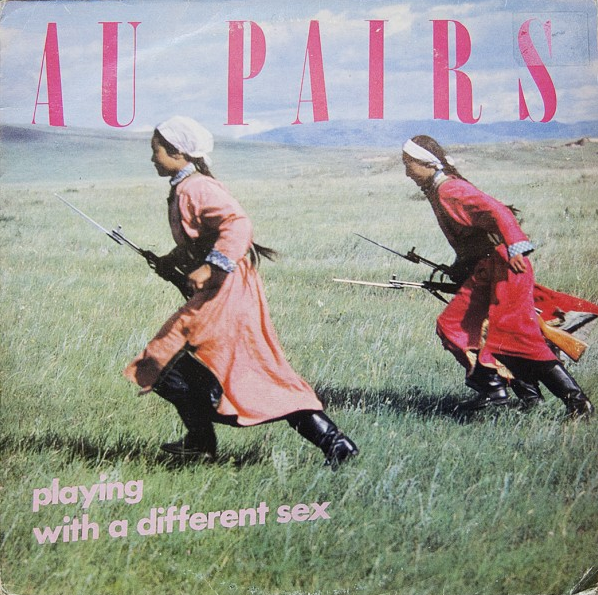Me. We
In 1975 Muhammad Ali was invited to talk to a group of Harvard students. Someone in the crowd shouted, 'Give us a poem, Muhammad'. He paused for a moment, looked up and said: 'Me. We'. This couplet competes for the title of the shortest poem ever written in the English language (with 'Fleas. Adam had 'em' and 'I - Why?').
I particularly like Ali's poem because it suggests two fundamental questions: Who am I? Who are we? Sometimes I suspect that these may be the two most important questions of all.
Inevitably one's career is a voyage of self discovery. What are my strengths and weaknesses, my values, my tastes and beliefs? How do I perform, with encouragement and under stress, on my own and in a team?
But 'who am I?' may be the easier of the two questions to answer. We're nowadays all taught self awareness, self realisation, self expression. We've got 360 degree, two-way appraisals. We've got mindfulness and feedback sandwiches. We live in the Age of Me.
How often do we properly consider 'we'?
In the past 'we' was defined by notions of class, race, region and religion. But it's obviously more complex now. My own answer to 'who are we?' has changed with time and perspective.
We were the swotty kids, the musos. We were Essex and the NME. We were Catholic guilt and post modern irony. We were suburban soul boys, Prosecco socialists. We were second hand clothes and third XI football. We were pubs with carpet, pies with mash, dancing with feet. We were London. We were the arts people, The Guardian, we were Radio 4.
And similarly my professional 'we' has evolved too. We were John, John and Nigel's team. We were restless spirited and serious minded. We were brand centric, forward facing, creative. We were Bass Weejuns, 501s, MA1. We were Soho, black and steel, MTV in Reception. We were broad and shallow planning. We were work that was funny, clever, beautiful. We were Gwyn & Jim. We were a singing Agency, an Agency that cared. We hung on, we rolled with the punches. We were positive, optimistic, collegiate. We laughed.
On reflection it seems that the happiest times for me were when I had an intense sense of 'we' ; when I felt part of a strong culture with a serious purpose. Peter Drucker reputedly said 'culture eats strategy for breakfast'. I'm sure he was right. Indeed for me culture is strategy.
Perhaps it is a question you should try asking yourself. Not just 'who am I?', but 'who are we?' Who are my group, gang, team or cohort? Who are my generation? What do we believe in ? What defines us? As an Agency, as a discipline, as a team? What makes us different from previous generations, from everyone else? How will we make an impact? What will our legacy be?
I suspect it may be harder to cultivate 'we' in the modern era, in an age of individuality and empowerment, when our careers are flexible, our loyalties fluid. However, I think there is a point at which the individual and collective intersect. Increasingly any business's commercial and social success will be determined by its ability to realise the full potential of the individuals within it. Realising human capital, creating sustainability in human terms, these are the present priorities. Traditional top-down leadership styles are obviously less suited to this networked age. Modern businesses need to inspire a broad based, integrated culture of diverse leadership styles. Because a leadership culture creates a leadership brand.
Or as Ali would have put it, a little more succinctly, 'Me. We.'
First published in Campaign 02/04/2015
No. 33










